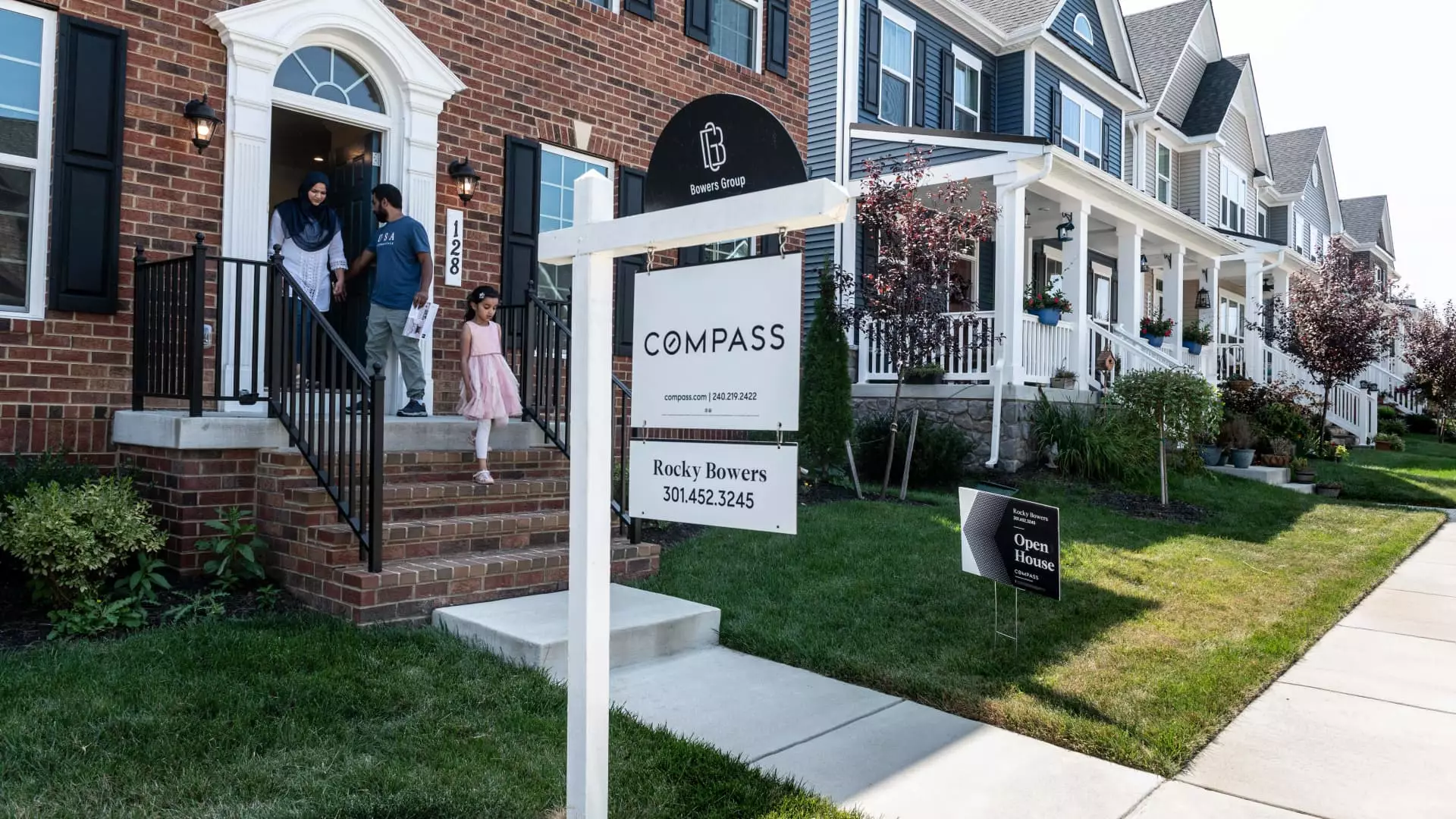The U.S. housing market is navigating through turbulent waters marked by high mortgage interest rates, dwindling inventory, and exorbitant home prices that have surged significantly since the onset of the pandemic. Adding yet another layer to this intricate puzzle are the tariffs on essential building materials, which threaten to exacerbate an already precarious situation for homebuilders and buyers alike.
In recent years, affordability has become a pressing issue for many prospective homeowners, particularly first-time buyers. Since the pandemic began, home prices have skyrocketed by over 40%, with recent data reflecting a continuing upward trend. As stated by housing policy analysts, these tariffs could further entrench the affordability crisis. The consequences are twofold: not only do the tariffs inflate construction costs, but they also hamper the ability of builders to take on new projects, thereby limiting the overall housing supply.
According to Carl Harris, chairman of the National Association of Home Builders (NAHB), approximately 70% of softwood lumber and gypsum, crucial elements in construction, is imported from Canada and Mexico. The imposition of a 25% tariff on these imports raises the cost of construction materials significantly. This sharp increase translates to higher home prices, which can ultimately deter potential buyers from entering the market.
The Tariffs’ Reach and Economic Consequences
The introduction of tariffs is not merely a logistical issue for builders but one that ripples through the entire economy. Jaret Seiberg from TD Cowen Washington Research Group notes that the strategies to manage this crisis could potentially push Congress towards implementing policies that incentivize entry-level construction. However, until those policies materialize, the immediate future appears bleak for consumers and small builders, facing the brunt of rising costs and uncertain market conditions.
Moreover, the tariffs apply not only to lumber and gypsum but also to a variety of essential materials including steel and appliances sourced from countries like China. The additional $3 billion to $4 billion in costs that could arise from these tariffs places additional strain on the economic viability of new projects. Thus far, the only silver lining is the possibility that these economic pressures might spur legislative action to address the burgeoning supply crisis in affordable housing.
While economic policies play a crucial role in delineating the housing landscape, labor shortages add a separate dimension to the challenges faced by builders. A substantial portion of the U.S. construction workforce is composed of immigrants, many of whom are undocumented. This demographic fluctuation has intensified labor shortages, especially following renewed immigration enforcement measures. As Bruce McNeilage of Kinloch Partners articulates, the correlation between labor availability and the housing supply cannot be overstated; without a sufficient workforce to undertake construction projects, housing development will stagnate.
These combined issues present a paradox where the housing market’s health is undercut not only by rising costs of materials but also by dwindling labor capabilities, resulting in further delays and complications for prospective homeowners.
The ramifications of rising building costs are dire not just for builders but equally for potential buyers. As expenses balloon due to tariffs, every household will find its budget squeezed even tighter. If consumer goods prices spike as a result of increased costs of raw materials, homebuyers may face diminished savings for down payments. Additionally, with inflation factors potentially influencing interest rates, the expected decline in mortgage rates may not materialize.
This multifaceted crisis converges upon the upcoming spring market, traditionally the busiest period for real estate transactions. Emotional perceptions concerning personal wealth intertwined with tangible economic challenges may inhibit consumer sentiment and dampen market activity. In this environment, fulfilling homeownership aspirations could seem increasingly unattainable for many.
In light of these developments, the NAHB has urged the Trump administration to reconsider tariff policies that adversely affect the housing industry. Creating an environment that fosters growth in entry-level construction and eases the burden on aspiring homeowners requires a concerted effort from policymakers. While there may be short-lived benefits from tariffs intended for broader economic protectionism, the long-term implications for the housing market dictate a need for immediate reform.
In closing, the interconnected issues of tariffs, labor shortages, and rising home prices underscore the urgency of addressing the systemic challenges plaguing the U.S. housing market. By prioritizing policies that stimulate housing supply and reduce costs, the nation can begin laying the groundwork for a more accessible and equitable housing market for all.

